POULTRY: SPECIAL OFFERS FROM THE XMAS CATALOGUE
Here are our leading offers for Horses from the Xmas Catalogue. Prices may vary due to freight. Simulates the natural heating from…
Free Delivery when you spend $49 or more. (Weight Limits Apply – view more)
 Dog
Dog

Shop Tuckers great range of dog food, health care & wellness products today. Delivered or Click & Collect.
 Cat
Cat

Tuckers has a great range of cat food, health care & litter products for your beloved cat. Shop now.
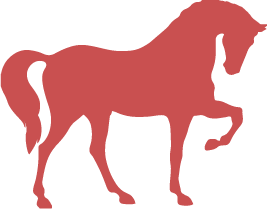 Horse
Horse
Tuckers carry a huge range of food, supplements, health care, hoof care and grooming accessories. Shop now.
 How To Keep Your Horse In Top Shape With Kelato Swelldown
How To Keep Your Horse In Top Shape With Kelato Swelldown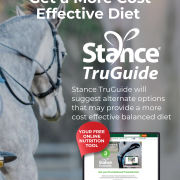 Get your Free Balanced TruGuide Diet
Get your Free Balanced TruGuide Diet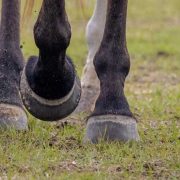 WET FEET: NUTRITIONAL MANAGEMENT OF HORSES IN WATER-LOGGED AREAS
WET FEET: NUTRITIONAL MANAGEMENT OF HORSES IN WATER-LOGGED AREAS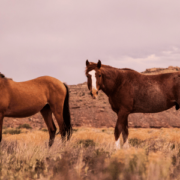 GastroAID Everyday: The unique gut health supplement with science-backed ingredients
GastroAID Everyday: The unique gut health supplement with science-backed ingredients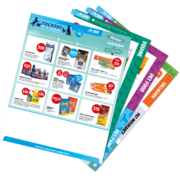 EQUINE HEALTH: SPECIAL OFFERS FROM THE WINTER CATALOGUE
EQUINE HEALTH: SPECIAL OFFERS FROM THE WINTER CATALOGUE Chook/Bird
Chook/Bird

Tuckers range of food, accessories & health care products will keep your chooks & birds happy and healthy.
 Small Animal
Small Animal

Shop food and health care products for your little mates @ Tuckers. Delivered or Click & Collect.
 Farm/Garden
Farm/Garden

Tuckers carry a wide range of sheep & cattle products, plus everything you’ll need around the farm or garden.
 Dog
Dog

Shop Tuckers great range of dog food, health care & wellness products today. Delivered or Click & Collect.
 Cat
Cat

Tuckers has a great range of cat food, health care & litter products for your beloved cat. Shop now.
 Horse
Horse

Tuckers carry a huge range of food, supplements, health care, hoof care and grooming accessories. Shop now.
 How To Keep Your Horse In Top Shape With Kelato Swelldown
How To Keep Your Horse In Top Shape With Kelato Swelldown Get your Free Balanced TruGuide Diet
Get your Free Balanced TruGuide Diet WET FEET: NUTRITIONAL MANAGEMENT OF HORSES IN WATER-LOGGED AREAS
WET FEET: NUTRITIONAL MANAGEMENT OF HORSES IN WATER-LOGGED AREAS GastroAID Everyday: The unique gut health supplement with science-backed ingredients
GastroAID Everyday: The unique gut health supplement with science-backed ingredients EQUINE HEALTH: SPECIAL OFFERS FROM THE WINTER CATALOGUE
EQUINE HEALTH: SPECIAL OFFERS FROM THE WINTER CATALOGUE Chook/Bird
Chook/Bird

Tuckers range of food, accessories & health care products will keep your chooks & birds happy and healthy.
 Small Animal
Small Animal

Shop food and health care products for your little mates @ Tuckers. Delivered or Click & Collect.
 Farm/Garden
Farm/Garden

Tuckers carry a wide range of sheep & cattle products, plus everything you’ll need around the farm or garden.
Home / Articles / Chook/Bird / THE LIFE STAGES AND NUTRITIONAL REQUIREMENT OF THE MODERN HEN
Article courtesy Barastoc
Throughout your bird’s life there are a lot of changes and significant milestones that are reached that we need to be aware of and have an understanding. From day 1 all the way through to maturation of the adult bird we have an impact on their longevity and success in the backyard flock.
Starting right from the beginning if we look at the egg, regardless of whether a rooster is present or not, a hen can lay eggs and isn’t reliant on fertilisation. Once the immature yolk sac (oocyte) is released from the ovary it moves down through the bird’s oviduct. If it is not fertilised by a rooster it will simply continue as normal down the tract gaining a membrane, cuticle and then finally the shell are formed before being laid. If a fertilised egg is laid then the chick will develop within the egg for the next 21 days, using the initial yolk and contents as nourishment as it grows and develops. The egg shell itself is porous and therefore constantly exchanging gases between the inside and outside of the egg so the chick can breathe. The following video shows the development of the chick inside the egg.
After a chick has hatched it is vital that they have access to shelter, food and water. Having access to clean fresh water at all times is crucial for not only their health and well-being but their functioning organs. Once born all remaining nutrients from the within the egg are utilised and supply the chick for up to 3 days post hatch, but the introduction of feed is critical. The quicker the immature chick can take in nutrients the sooner bodily functions, organs and digestion start, which in return, lays the foundations of their immune system and microbiome. The other key thing we need to remember is chicks are born with down, not feathers, and won’t be fully feathered for about 6 weeks (this can vary with breed) of life and therefore can’t maintain their body temperature and require additional care. After a chick has hatched it is vital that they have access to shelter, food and water.
This first 6 weeks of life is when a chick is classed a chick, after this they are referred to as a pullet. During the first 6 weeks there is a lot going on but if you get this right she is set up for life. By ensuring that every nutrient counts and we aren’t limiting growth of development of the innate chick starting her off on a high nutritional platform is key. Barastoc Chick Starter not only provides a high nutritional platform but ensures it’s delivered in a safe, highly digestible way also containing a coccidiostat for prevention of coccidiosis.
Generally, by 6 weeks the immature female chick is classed as pullets and the male counterpart a cockerel. At this stage their nutritional needs are similar and both would be fed a diet known as Pullet Grower. The pullet phase is where the foundations are laid during the next 10-12 weeks of life, before the body reaches maturity. Demonstrated bellow is a timeline showing the diverse vital events that occur during the pullet phase and onto maturity. Skeletal framework and structural muscle are being formed and peak between 6-10 weeks of age and as shown organs are already developed and the focused for this short window to set the bird up for the rest of its life.

Once the bird hits sexually maturity driven not only by age but also body weight, nutrition and day light hours this is when reproductive organs and the medulary bone are critical. Within skeletal bone there is 2 distinct types of bone mass medulary bone and cortical bone both of which has specific roles and are living tissues. The medulary bone in the sense of female layers is crucial, diet alone can’t supply all the calcium the bird needs day to day so 20-40% is required to come from skeletal bone. Thus this skeletal bone is the major reservoir of calcium and phosphorus with >95% calcium and 80% phosphorus stored continuously.
Upon reaching 16-20 weeks of age a hen is deemed a bird at point of lay, therefore has the potential to commence laying eggs. After this period it is essential that you have transitioned their diet over to a specific laying ration. Not only are layer diets nutritionally balanced and suited for the high productive layer hen but contain the necessary balance of the right nutrient like calcium and phosphorus. If sufficient nutrients, in particular calcium, aren’t continuously supplied into her diet she will draw all her reserves down off skeletal bone and become weak and fatigued, egg shells will get very thin and in extreme cases cause permanent damage and will cease egg production.
Hopefully this article has given you some insight and things you need to consider when rearing your own flock, along with matching their diet to their stage of development to make sure you are setting them up from day one for a happy, healthy life.
Entire range - quick and secure delivery
Buy securely online and pickup at your local store
Call your local store and come on down to pickup
© 2024 Tuckers Pet & Produce.
